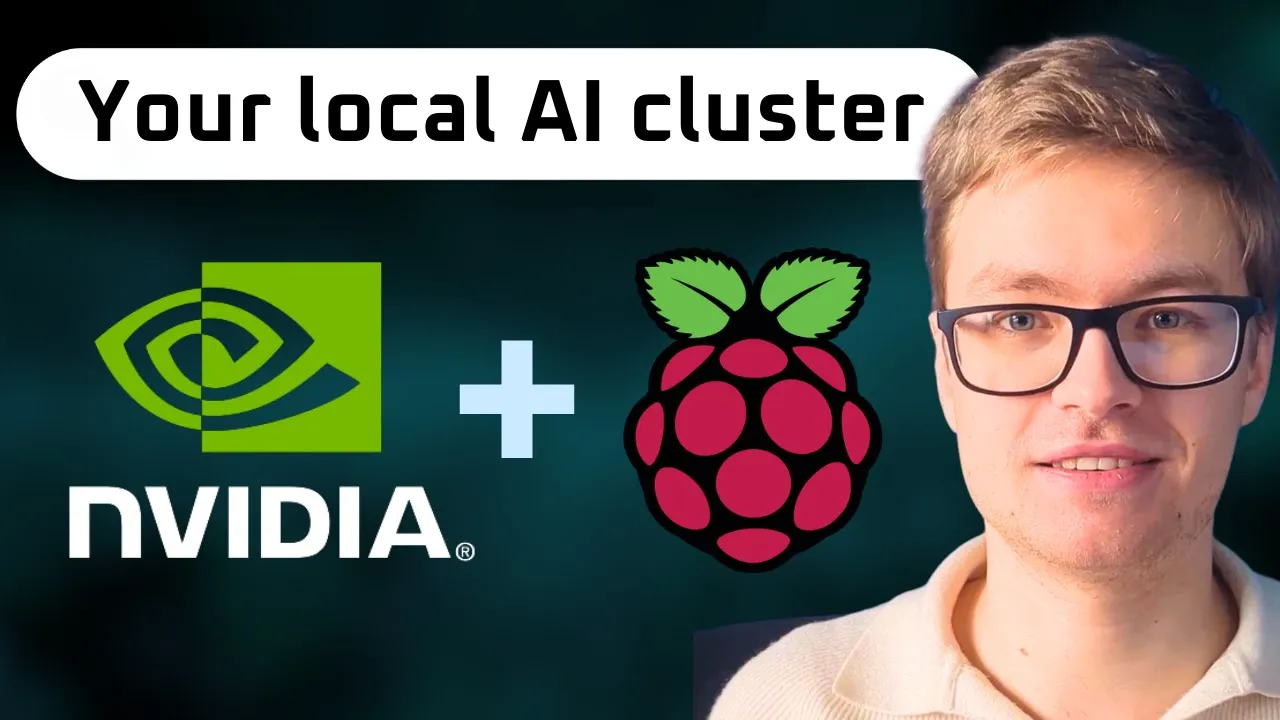Beyond Single-Device AI
For decades, computing has followed a predictable pattern: when we need more power, we buy a better machine. This approach has served us well, but the growing computational demands of AI are pushing us to rethink how we utilize the hardware we already own. What if the solution isn’t always acquiring more powerful hardware, but better orchestrating what we already have?
As AI engineers increasingly focus on production-ready AI systems, understanding resource optimization becomes crucial for building scalable applications.
The Paradigm Shift in Resource Utilization
Most homes and offices today contain multiple computing devices—laptops, desktops, tablets, and single-board computers. These devices often operate in isolation, with significant idle capacity. Technologies like EXO represent a fundamental shift in thinking: viewing your local network as a unified computing resource rather than as discrete devices.
This shift brings several advantages:
- Extracting value from existing hardware investments
- Scaling processing power incrementally without replacing entire systems
- Creating resilient systems that don’t depend on a single point of failure
- Adapting resource allocation based on changing demands
Think of it as the difference between buying a larger water tank versus connecting multiple smaller tanks together—the networked approach offers flexibility that monolithic solutions cannot match.
Hardware Collaboration Principles
For devices to work together effectively, several key principles come into play:
- Resource Awareness: Each node must understand its own capabilities and limitations
- Efficient Communication: Devices must exchange information with minimal overhead
- Task Divisibility: Workloads must be effectively partitioned to run across multiple devices
- Synchronized Output: Results from distributed processing must be seamlessly integrated
When these principles are properly implemented, even modest devices can contribute meaningfully to complex AI tasks. In the demonstration, adding a second node increased token generation from 2.1 to 3.6 tokens per second—a significant performance boost.
The Network Overhead Challenge
One of the most important considerations in distributed computing is balancing processing gains against network communication costs. Every piece of data transferred between devices incurs latency and bandwidth consumption.
This balance depends on several factors:
- Physical network connection quality (wired connections typically outperform wireless)
- Distance between computing nodes
- Size and complexity of the models being run
- Nature of the AI task (some parallelize more efficiently than others)
For optimal performance, devices should ideally be connected via Ethernet rather than WiFi, minimizing the latency between nodes. When properly configured, the processing gains can substantially outweigh the network overhead.
Democratizing High-Performance AI
Perhaps the most promising aspect of distributed AI processing is its potential to democratize access to high-performance AI. Currently, running sophisticated AI models locally often requires expensive, specialized hardware. Distributed approaches could allow more people to experience the benefits of local AI using the hardware they already own.
This accessibility aligns with the broader AI engineering career path where understanding diverse deployment strategies becomes increasingly valuable.
This democratization could fuel innovation by:
- Allowing more developers to experiment with AI applications
- Reducing barriers to entry for AI education and learning
- Enabling small businesses to implement AI solutions without prohibitive hardware costs
- Creating sustainable pathways to gradually scale AI capabilities
While we’re still in the early days of this technology, the promise is clear: by rethinking how we utilize our existing computing resources, we may unlock new possibilities for AI that aren’t dependent on constantly upgrading to the newest, most powerful hardware.
For engineers working with document-based AI systems, understanding vector databases becomes essential when scaling distributed AI architectures across multiple devices.
To see exactly how to implement these concepts in practice, watch the full video tutorial on YouTube. I walk through each step in detail and show you the technical aspects not covered in this post. If you’re interested in learning more about AI engineering, join the AI Engineering community where we share insights, resources, and support for your journey. Turn AI from a threat into your biggest career advantage!

